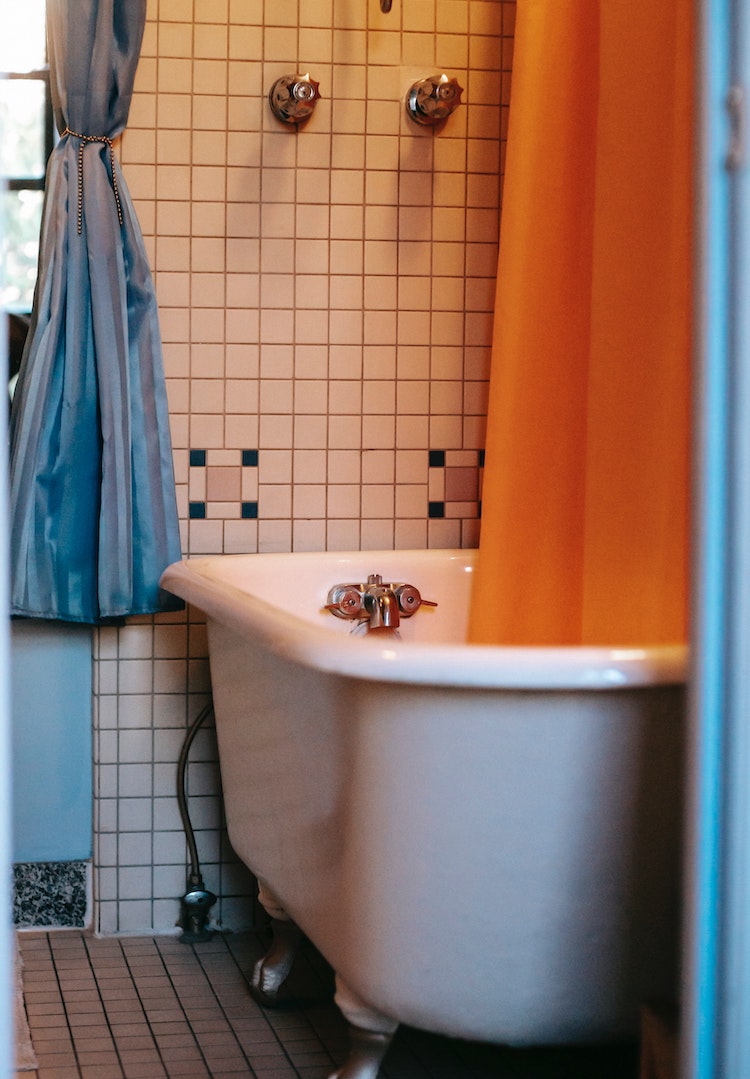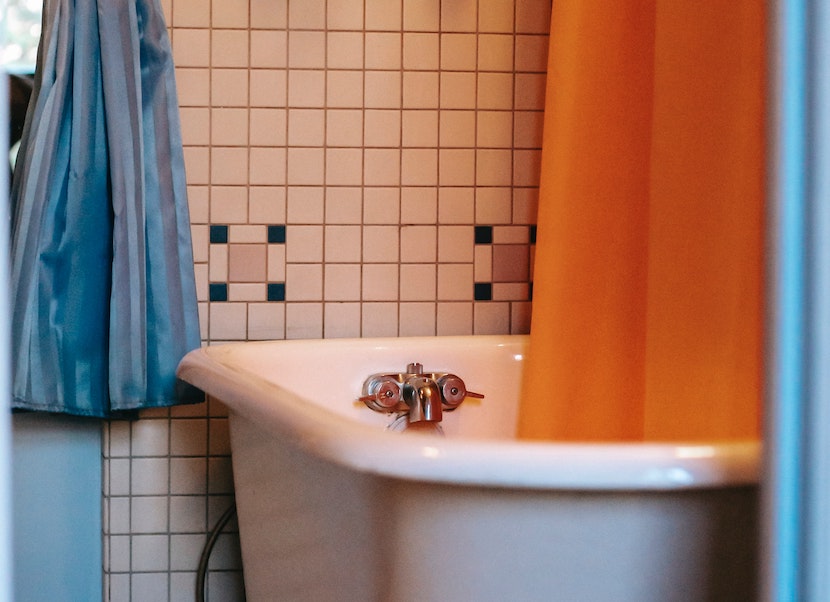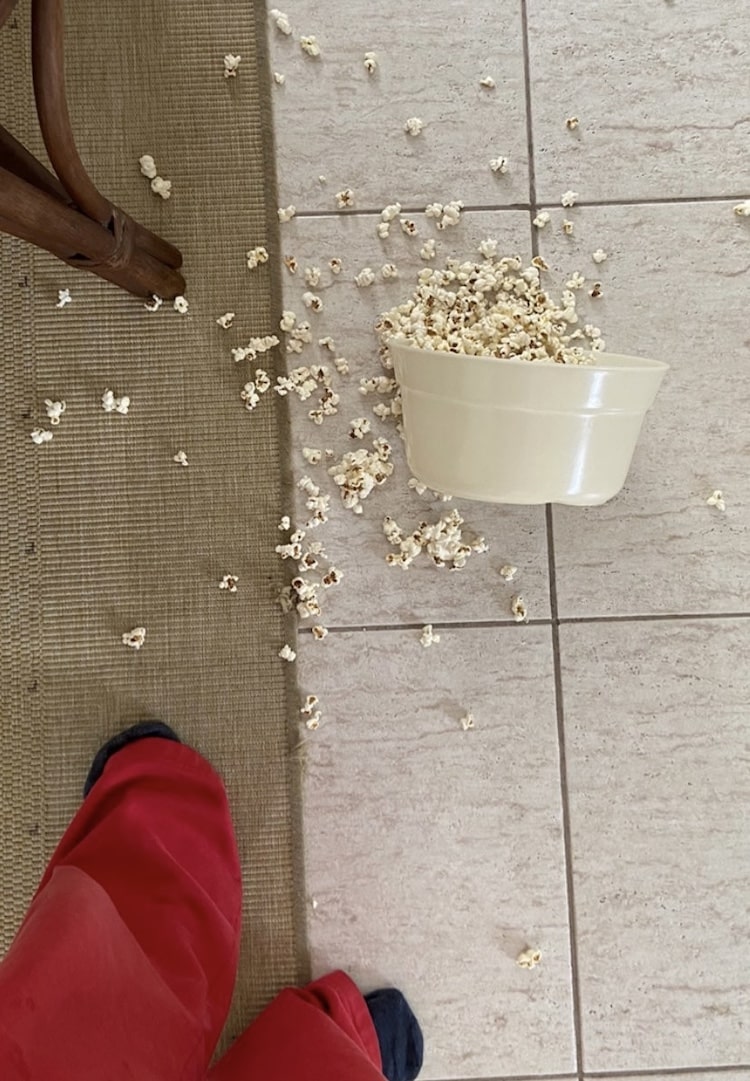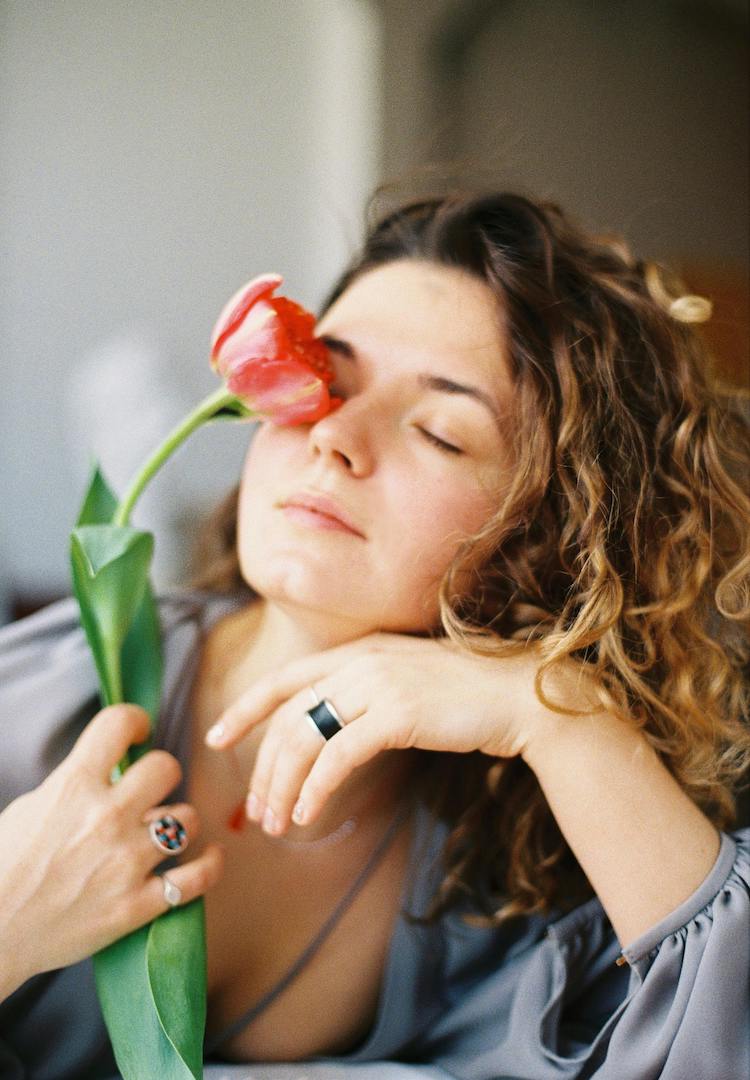I contracted mould illness from my sharehouse, here’s how I’ve healed
WORDS BY ASHLI TEMPLER
My immune system has been through a lot.
When I was 23, I was living my best life in a sharehouse in Melbourne, as most 20-somethings tend to do. You can imagine my horror when literal mushrooms started growing from the skirting boards in the bathroom one day. They pushed through, fully breaking the wood. But being young and naive, I couldn’t fathom how they could cause any real harm.
Our landlord came and did a cheap job fixing it, and the mushrooms grew back again a couple of months later. My housemate had a cold at least once a month and we decided to move to a newer place to see if that would help. I’d sadly already lived in that initial sharehouse for three years, and had no idea of the long-term effects it was going to have on my body.
Kickstart your wellness journey over at our Health section.
I’ve lived with allergies and intolerances my whole life. I’ve been through a lot, so my immune system gets hit a little harder than others. Six years ago, I was living with chronic hives, a puffy face and hands, brain fog, extreme stomach aches, random vomiting and intense feelings of nausea every day.
I’ve always eaten so healthily, so I was confused as to what was making me sick. I went through so many doctors and specialists to work it out, and they all put it down to stress. This changed when I started seeing Dietician Chloe McLeod, who helped me discover my intolerance to salicylates and histamines on top of my existing allergies to dairy, gluten and FODMAP foods. This meant cutting out all fruit, and a lot of vegetables and herbs.
The thing is, when you have an intolerance to salicylates and histamines, there’s usually a cause for it. Mine was mould, which caused me to have chronic inflammatory response syndrome (CIRS) and mast cell activation syndrome (MCAS), but more on that later.
When I first started feeling sick, I went to a ridiculous amount of specialists. You name it, I booked it out of desperation. Then I saw Leila Diquinzio, a Melbourne-based naturopath who worked out I had small intestinal bacterial overgrowth (SIBO).
This meant the bacteria in my gut made its way up to my small intestine. When I drank alcohol or ate specific foods (high-carb food mainly), I had agonising stomach pain. Usually, it’s treated with herbs, but as I had a salicylate intolerance, Leila couldn’t help me.
After a very thorough investigation, Leila was convinced I had mould illness. She referred me to Dr Anjana, an integrated GP based in Melbourne and my actual saviour. For the first time, I had someone who completely understood what I was experiencing and could treat me with medication, as well as look at alternative methods.
The goal was to remove the mould toxins from my system. As I was so sensitive, we had to do it really slowly. A few tactics included visiting a sauna two or three times per week, adopting a SIBO-protocol diet, eliminating alcohol, taking clay tablets (to absorb the mould) and implementing prescribed vitamins and medication.
I also tried a lot of various treatments, and the whole process took about 12 months before I started to feel better and was able to introduce some new foods. As of last week, I am officially clear of mould illness (two years post-diagnosis). It was the most liberating news to receive, and hopefully provides some comfort for anyone else out there navigating such a complex and mystifying health battle.
It’s worth noting the role stress plays in worsening this kind of sickness. Dr Anjana also referred me to The Richards Trauma Process (TRTP) therapy to help resolve underlying stress and trauma in my body, which helped. I’ve always worked multiple jobs and been a busy bee, so this massively impacted my recovery process.
If you’re dealing with mould illness keep digging! I’m now a firm believer that there is a cause for everything in your system. They all pile on top of each other, so you need to peel back one layer at a time. If you’re struggling to find answers, ask around or seek an alternative specialist.
I’m so passionate about conversations surrounding allergies, intolerances and health conditions. I created my skincare and wellness brand, Yours Only for stories like this one. You can even DM me to talk about your experiences. I’ve learnt so much about myself through the Yours Only community, which has led to some of my diagnoses, too.
View this post on Instagram
Dr Anjana has kindly offered to share some knowledge on what exactly mould-induced illness is, as well as what’s required for a diagnosis and treatment. Dr Anjana is experienced in complex fatigue and gut health issues (like IBS) and has grappled with her own personal mould-related illness.
What exactly is mould-induced illness?
Mould has two parts to it that can cause illness, the spore and biotoxin. Biotoxins are poisons that are created by plants and animals. Exposure to mould can lead to two main categories of conditions: mould-spore-induced allergy and a biotoxin illness called chronic inflammatory response syndrome (CIRS).
A certain percentage of the population lacks the genetic ability to clear the biotoxin from the body after exposure, so the biotoxin recirculates and builds in their body causing CIRS. CIRS affects many body systems and can present a diverse range of symptoms. Symptoms include fibromyalgia (body pain), chronic fatigue, brain fog, mood changes, digestive disturbance, hormonal imbalances and [a] poor immune system.
… The biotoxins held within the body can also lead to symptoms of mast cell activation syndrome (MCAS) where patients become increasingly intolerant to food, medication, chemicals, supplements, temperature changes, etc. Dr Lawrence Afrin is a world MCAS specialist who talks a lot about the different symptoms associated with MCAS.
What duration of exposure does it take for illness to develop? And what are the first signs?
This can be based on the sensitivity levels of the patient… and how many prior properties they have lived in that have been water damaged. Some early signs may include passing urine more frequently, food intolerances, irritable bowels, unusual weight gain, fatigue, brain fog, anxiety, depression, nose bleeds [and] frequent and prolonged colds.
How long does recovery take? And why?
For some patients who are more mildly affected, it may take between three to six months. But for others more seriously affected, it may take one to three years. CIRS due to the biotoxins of mould can lead to a cascade of other issues, which may take longer to correct and heal.
Can you tell us a bit about your own personal experience with this sickness?
I was pregnant with my daughter in a damp house. The first symptoms I started experiencing were food intolerances and unusual weight gain, which disappeared when I went travelling (and was away from the house).
A month after delivering my daughter by emergency caesarean section, I developed a life-threatening gut infection which led to generalised arthritis. Within the first nine months of my daughter’s life, I developed fatigue and fibromyalgia.
Treating CIRS was a big part of recovery. It was very traumatising trying to put all the pieces of the puzzle together on my own, being a new mother… as many patients can attest, there was a lot of isolation in recovery from a network of people that couldn’t empathise with what was going on for me.
This experience has created a deep passion within me to help people get their lives back post-exposure. I have a team of practitioners and reception staff that have an intimate understanding of what it’s like to recover, which creates a wonderful safe space for clients to recover and be heard.
What is most misunderstood about this illness and field of work?
The problem is that there is little understanding and acceptance of CIRS in the general medical population, thus many patients with this myriad of symptoms are labelled as depressed or anxious. Australia’s rental laws around mould have improved, but the reason we have these laws (which is because people get sick) has not filtered into mainstream medical diagnosis and treatment protocols. No one is asking patients the biggest question, and that’s ‘Is there mould in your home?’.
For more on mould-related illness, head here.










